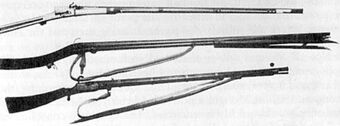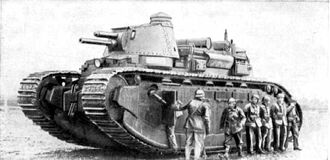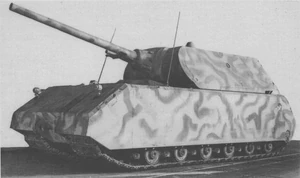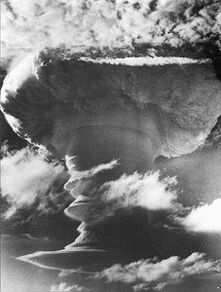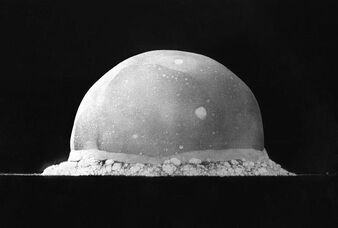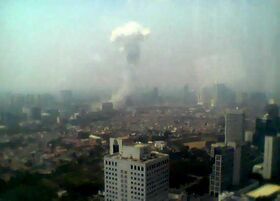10.Steyr TMP

The Steryr TMP (tactical machine pistol) fires the 9×19mm Parabellum round at 900 rounds a minute. This weapon and its recoil system means that a shooter can accurately shoot burst of 10-15 rounds unlike most with 3 round bursts. This gun weighs in at 1.3KG with no magazine and is only 282mm in length.

Manufactured by FN Herstal in Belgium this gun is one of two weapons that fire the 5.7×28mm round. Specially designed to pierce armour this gun and the 5.7×18mm round can pierce 28-34 CM of bare ballistic gelatin but when protected by a level 2 vest it still penetrated 25 CM of gelatin. This guns specialty is it weight (3.0 KG loaded) and it’s 50 bullet clips meaning a lot of dead people with or without bullet proof vests.

This is a gun that is know world wide. Basically every law enforcement group in the world has used it at one point or another. Made in 1966 this design with minor changes from the original is being used even to this day. It uses 30 round clips and fire the 9×19mm Parabellum round at 900 rounds a minute. This gun is perfect except for one detail. A classic trait of the 9×19mm round is that it is not armour piercing and so with bullet proof vests found more and more this gun lacks the ability to drop them.
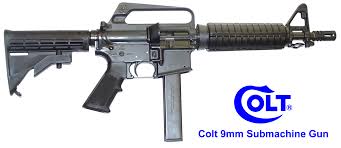
Based on the AR-15 (known as the M-16) this gun is just a smaller M-16 and fires the 9×19mm Parabellum. Using standard UZI clips (modified locking slot to fit the magazine release button) and firing at 700-1,000 round a minute this is a must have for SMG collectors.

Heckler and Koch developed the UMP (universal machine pistol) to replace the MP5 in use. Firing the .45 ACP it weighs in at just 2.3 KG without its magazine. Firing at 600 rounds a minute this gun excelled at being accurate with decent killing power.
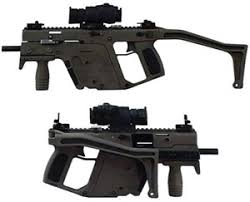
Firing the .45 pistol round this gun weighs in at just 2.5 KG and and 617mm with the stock extended. This compact gun has a rate of fire of 1,000 rounds per minute and can easily take down some terrorists or enemies whatever. Now while these are good traits its point where it excelled is it’s recoil system. It uses a recoil system called the Super V but i won’t go to the specifics about this system. Any way they used the .45 to show how the system could “tame” such a powerful round.
The Steryr TMP (tactical machine pistol) fires the 9×19mm Parabellum round at 900 rounds a minute. This weapon and its recoil system means that a shooter can accurately shoot burst of 10-15 rounds unlike most with 3 round bursts. This gun weighs in at 1.3KG with no magazine and is only 282mm in length.
9.FN P90
Manufactured by FN Herstal in Belgium this gun is one of two weapons that fire the 5.7×28mm round. Specially designed to pierce armour this gun and the 5.7×18mm round can pierce 28-34 CM of bare ballistic gelatin but when protected by a level 2 vest it still penetrated 25 CM of gelatin. This guns specialty is it weight (3.0 KG loaded) and it’s 50 bullet clips meaning a lot of dead people with or without bullet proof vests.
8.MP5
This is a gun that is know world wide. Basically every law enforcement group in the world has used it at one point or another. Made in 1966 this design with minor changes from the original is being used even to this day. It uses 30 round clips and fire the 9×19mm Parabellum round at 900 rounds a minute. This gun is perfect except for one detail. A classic trait of the 9×19mm round is that it is not armour piercing and so with bullet proof vests found more and more this gun lacks the ability to drop them.
7.Colt 9mm SMG
Based on the AR-15 (known as the M-16) this gun is just a smaller M-16 and fires the 9×19mm Parabellum. Using standard UZI clips (modified locking slot to fit the magazine release button) and firing at 700-1,000 round a minute this is a must have for SMG collectors.
6. Heckler and Koch UMP45
Heckler and Koch developed the UMP (universal machine pistol) to replace the MP5 in use. Firing the .45 ACP it weighs in at just 2.3 KG without its magazine. Firing at 600 rounds a minute this gun excelled at being accurate with decent killing power.
5.American 180
The American-180 is a smg developed in the 1960s which fires.22LR cartridges from a pan magzine. The concept began with the Casull Model 290 that used a flat pan magazine similar to designs widely used prior to WW II. Only 80 Casull M290s were built and the weapon was expensive to produce. The American-180 is an improved version.
A semi-automatic only variant called the American SAR 180/275 is still produced on a custom basis by E&L Manufacturing of Oregon.
4.CZW 9PS
The ČZW-9PS is a submachine gun of Czech origin, chambered in the 9x19mm Parabellum round. As the weapon uses delayed-blowback, it is somewhat comparable to the Heckler & Koch MP5. A carbine variant exists as the ČZW-9FC, this uses straight blowback firing from a closed bolt and has a higher rate of fire.
3.Saab Bofors Dynamics CBJ-MS
The Saab Bofors Dynamics CBJ-MS is a personal defence weapon/smg manufactured by Saab Bofors Dynamics for Sweden. It is chambered for both 6.5×25 CBJ-MS and 9 inti 19 mm luger cartridges.
2.Transformational Defense Industries Kriss Super Vector
Firing the .45 pistol round this gun weighs in at just 2.5 KG and and 617mm with the stock extended. This compact gun has a rate of fire of 1,000 rounds per minute and can easily take down some terrorists or enemies whatever. Now while these are good traits its point where it excelled is it’s recoil system. It uses a recoil system called the Super V but i won’t go to the specifics about this system. Any way they used the .45 to show how the system could “tame” such a powerful round.
1.VBR-PDW
It uses the double action firing mechanism from a beretta M29F Pistol and magazines from Glock pistols. As of 2010, it is still at prototype stage. It has a retractable buttstock to increase accuracy at longer ranges. The VBR-PDW is also silencer compatible with an externally threaded barrel.



.jpg)



